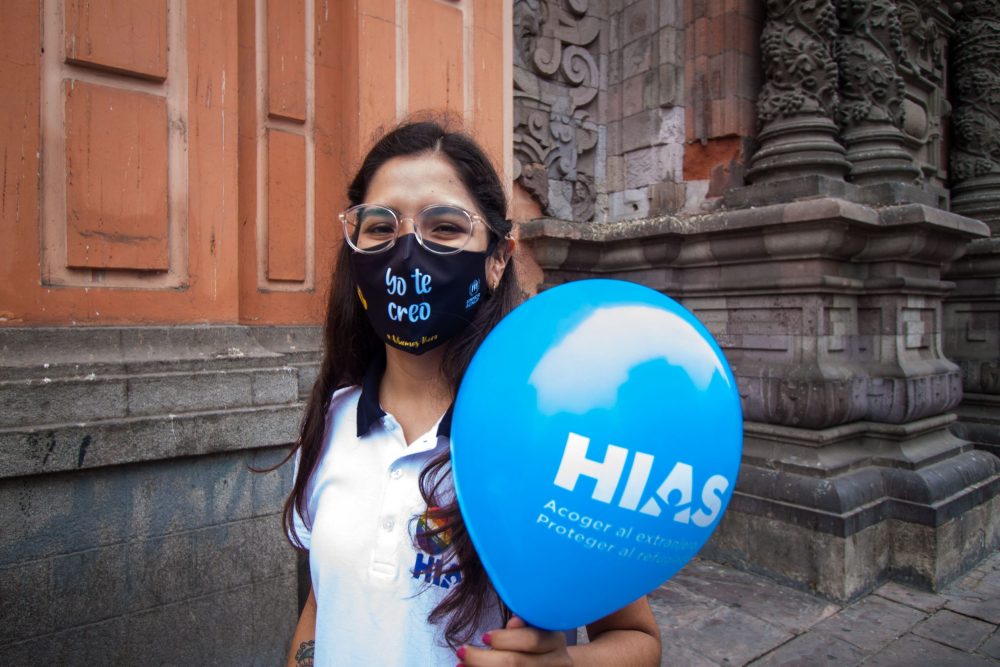Disaster Philanthropy Playbook
A collection of innovative philanthropic strategies, practices, case studies and toolkits that help communities prepare for and equitably recover from disasters.
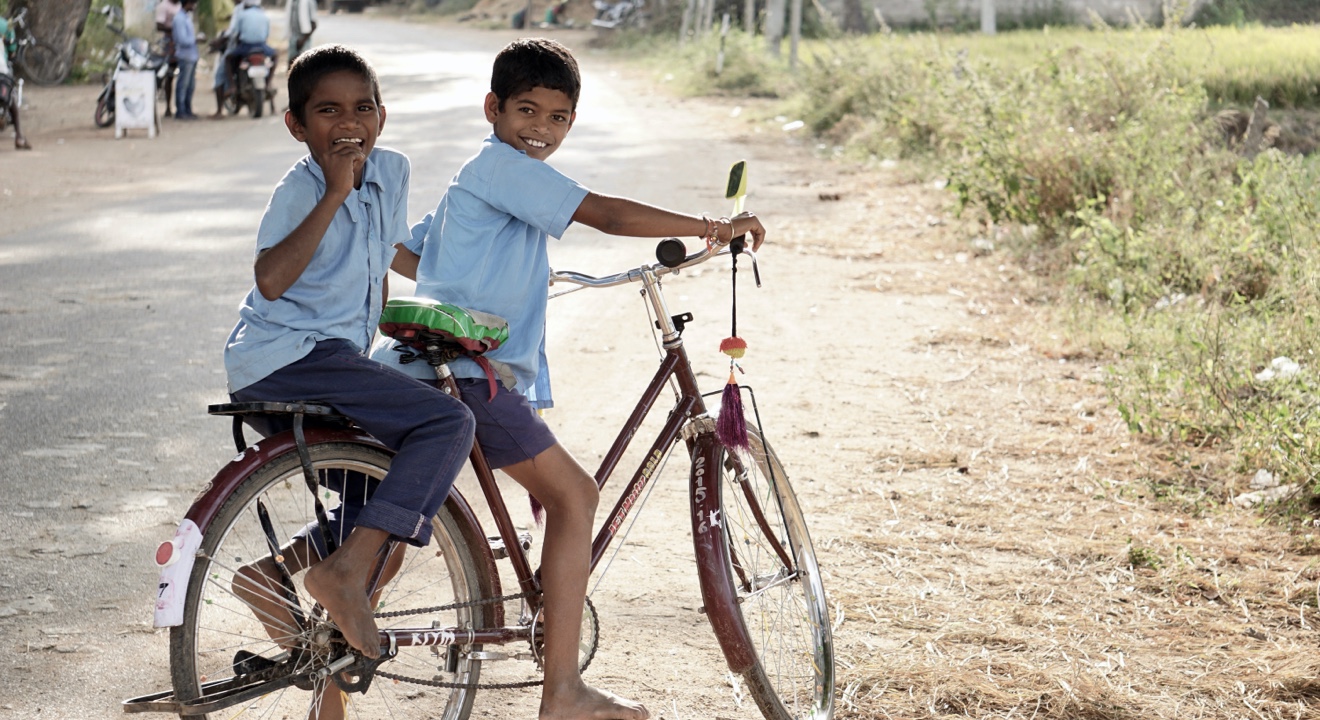
Innovative Program Strategies
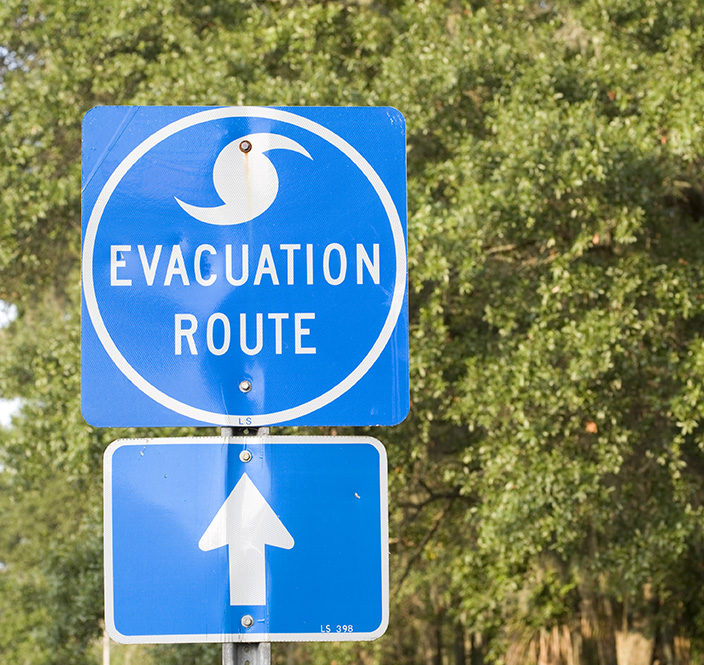
Mitigation & Preparedness
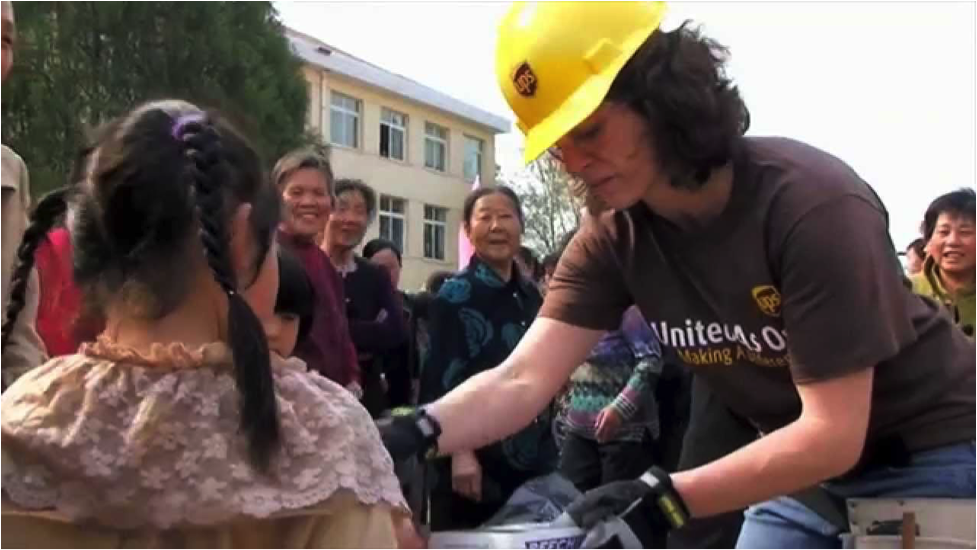
Product Donations
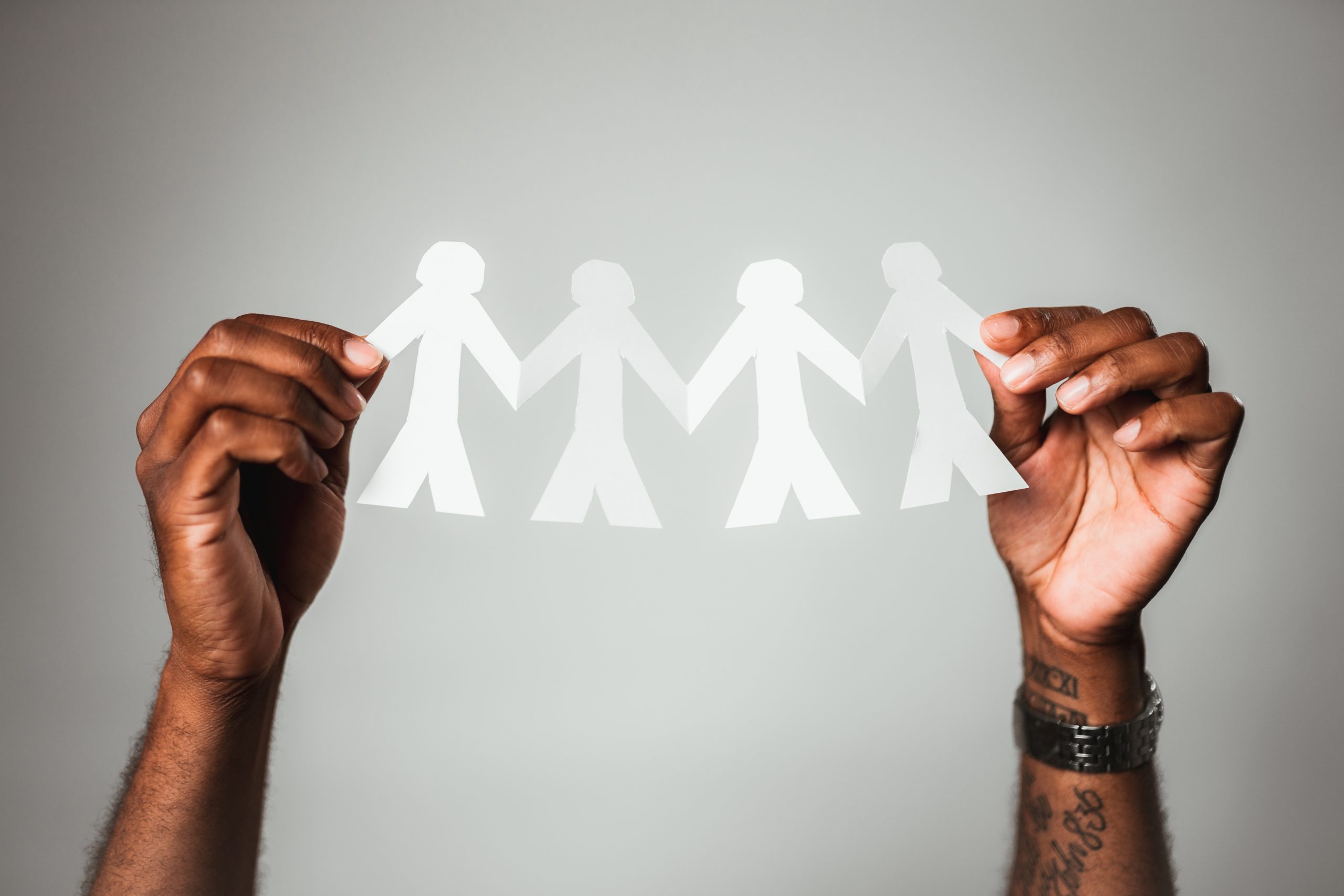
Social Capital and Disasters
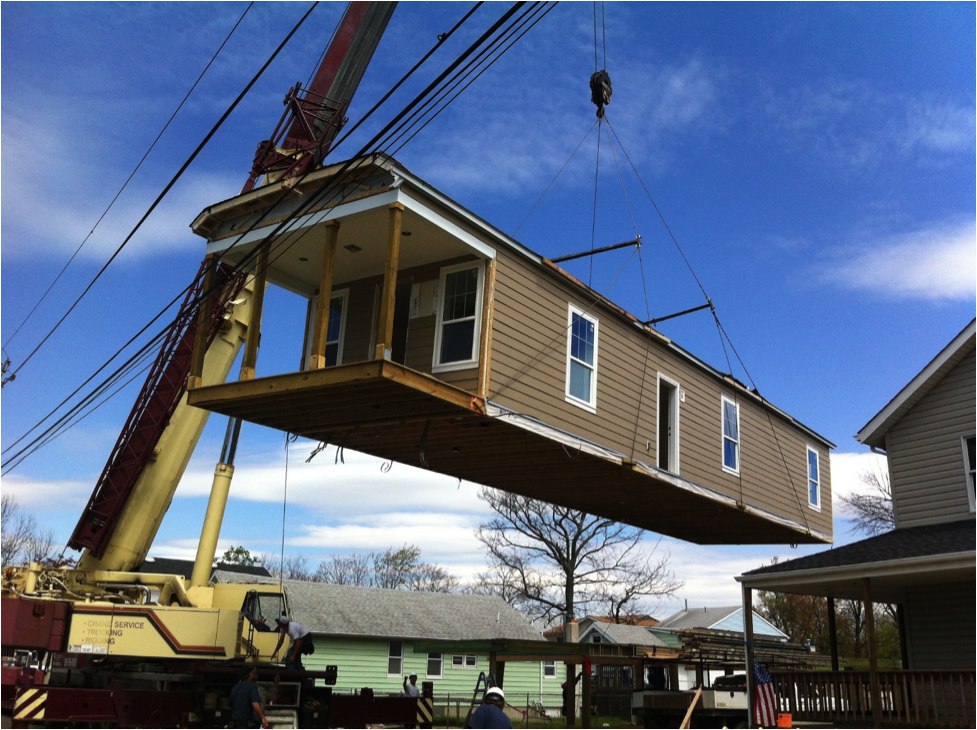
Housing
Toolkits & Tip Sheets
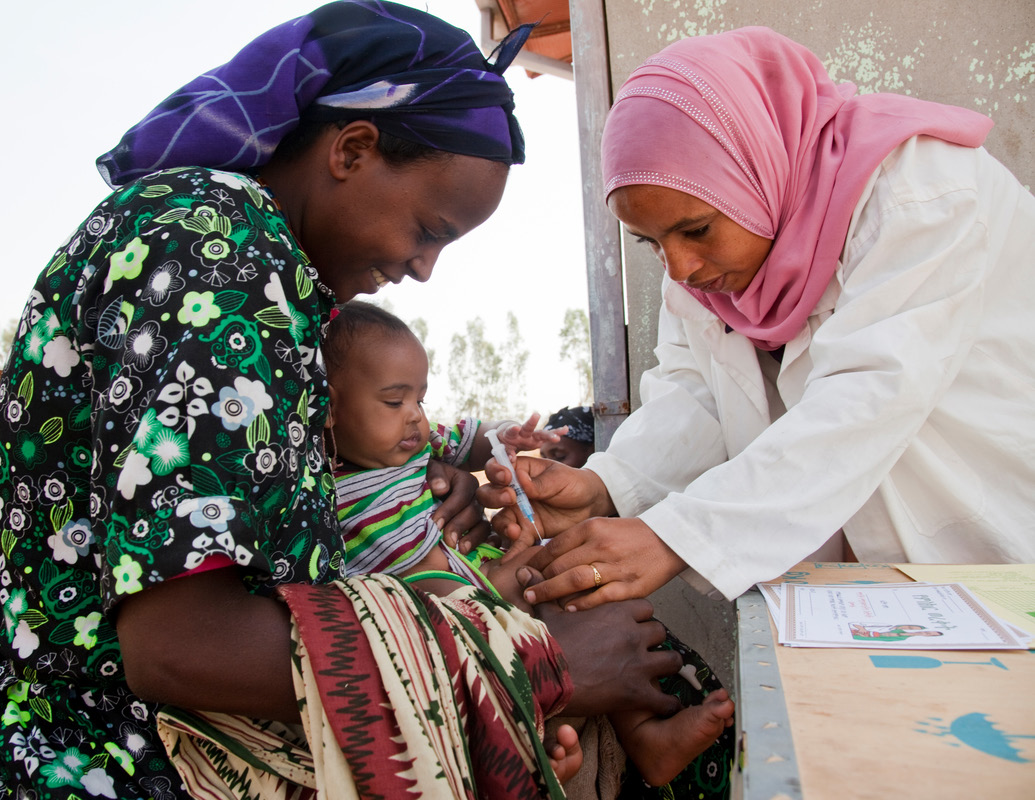
Strengthening Local Humanitarian Leadership Philanthropic Toolkit
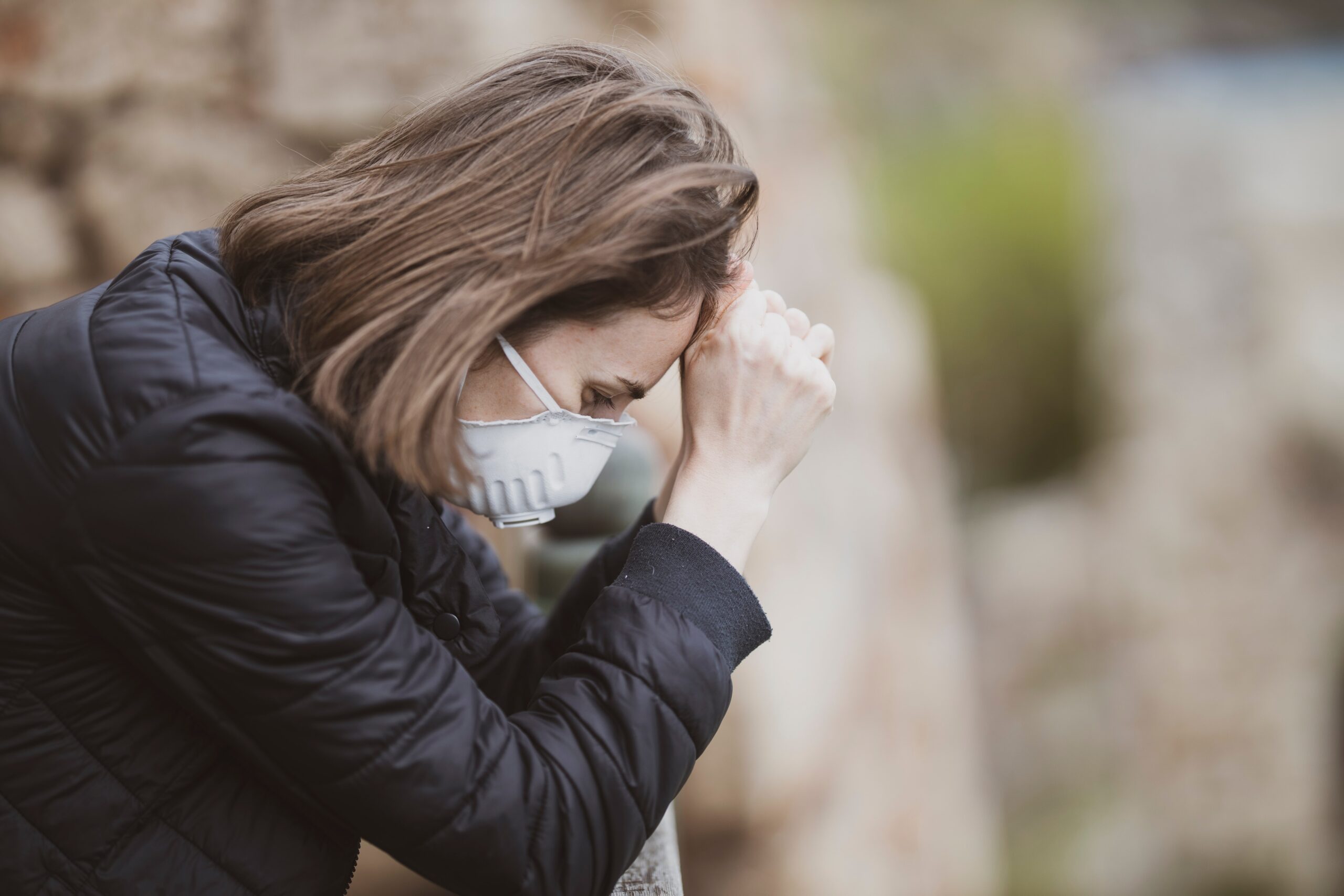
Mental Health, Grief and Bereavement
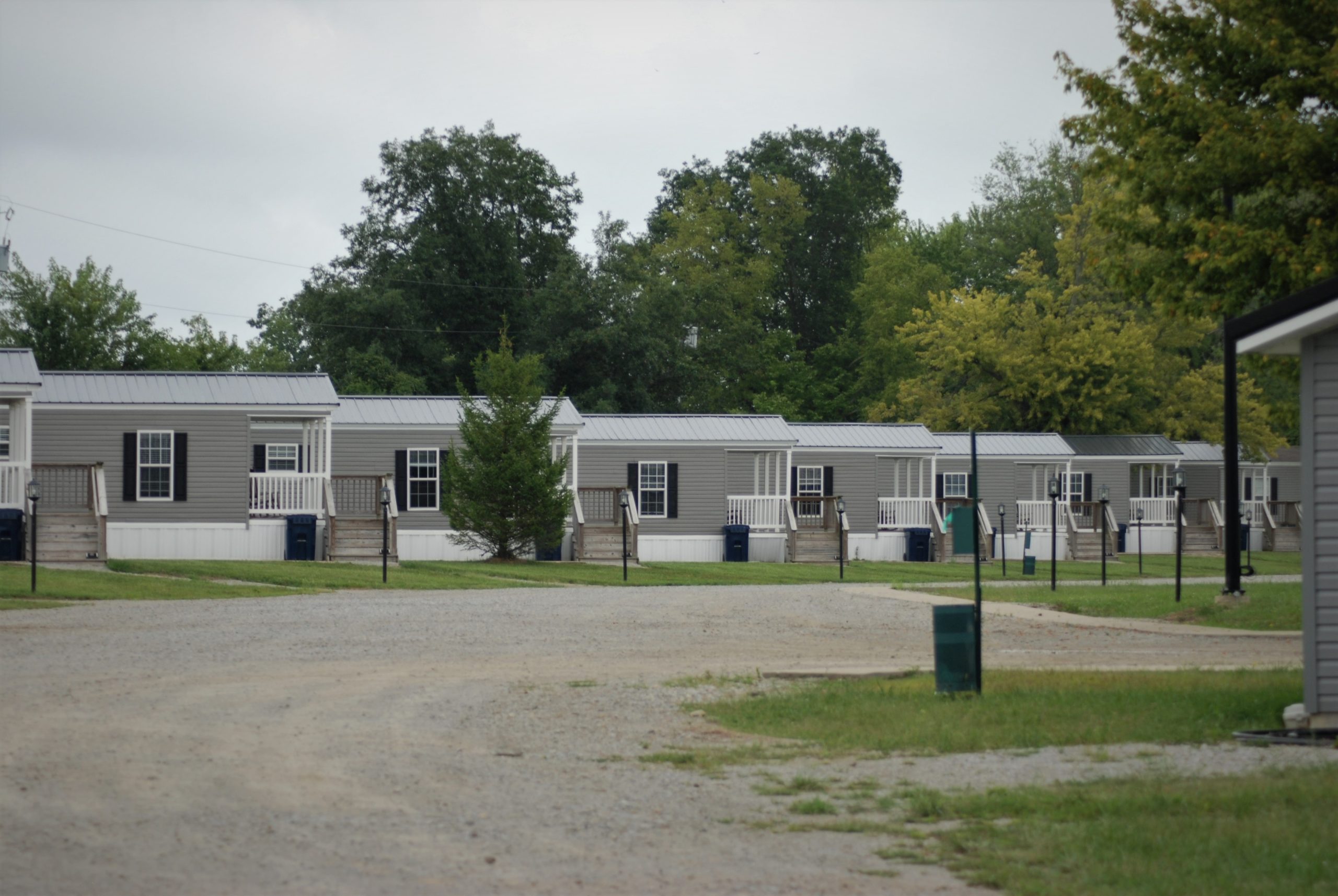
Manufactured Home Disaster Recovery
Collaborations
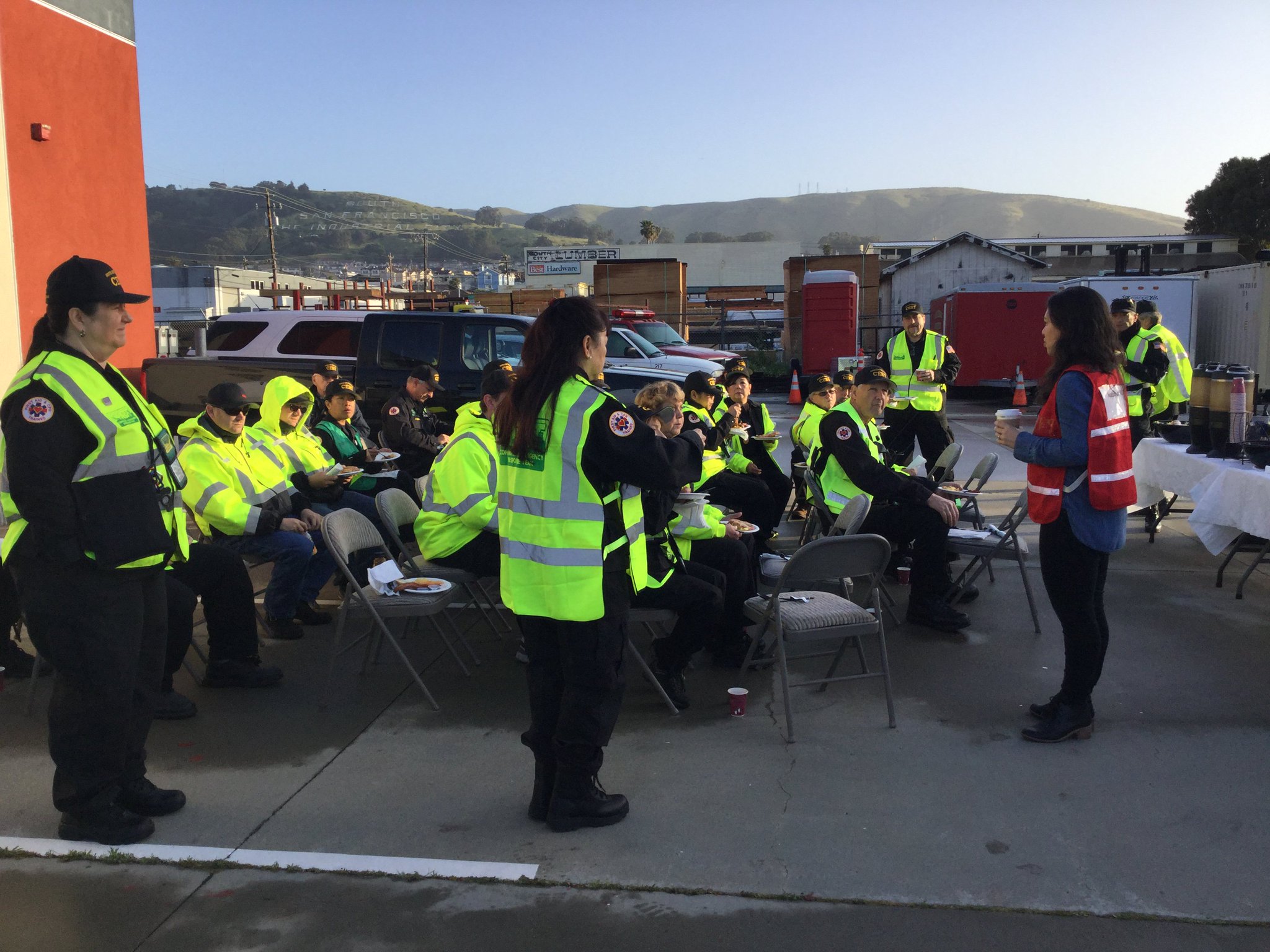
National Voluntary Organizations Active in Disasters
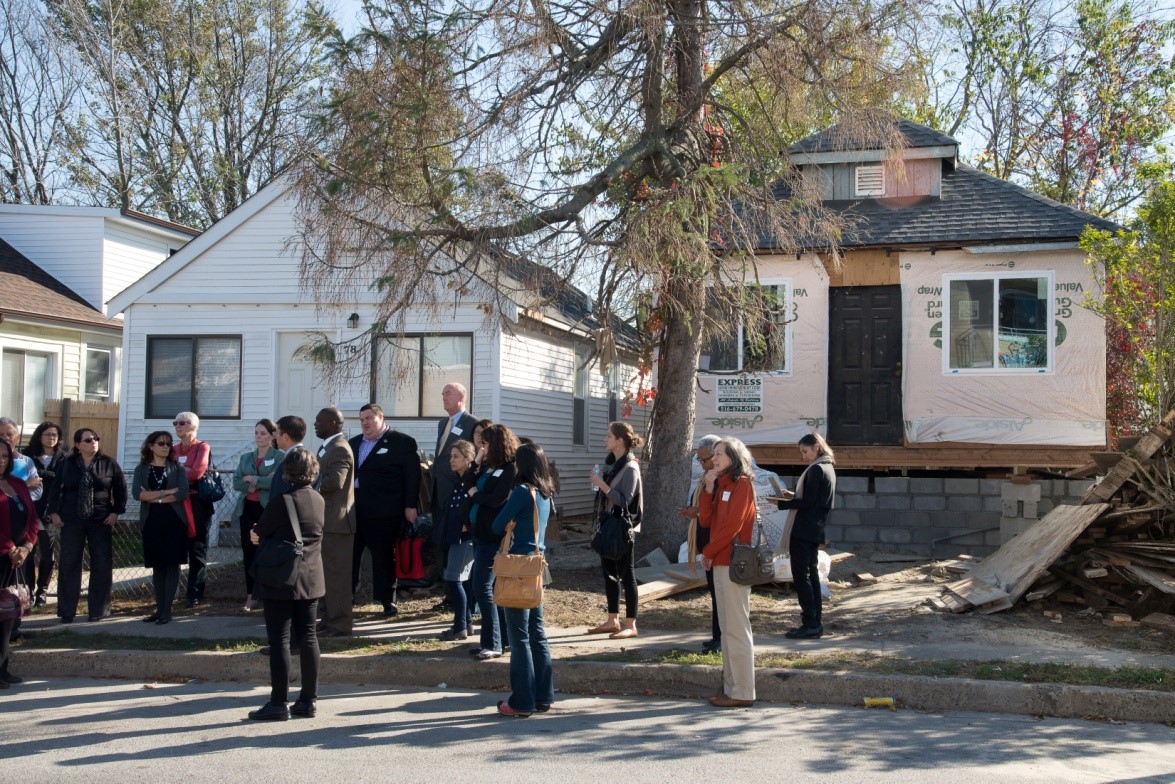
Response Strategies for Regional Associations
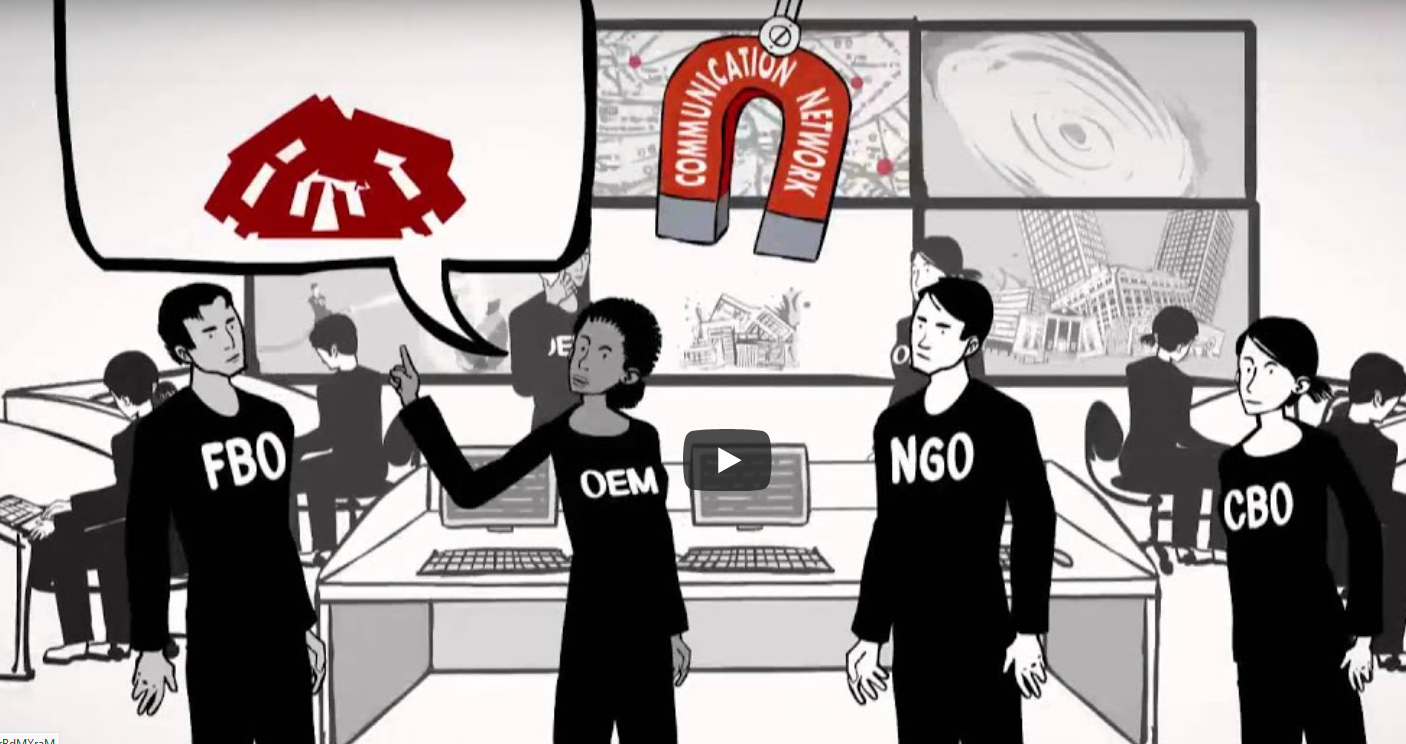
Collaborating with FEMA, HUD, State and Local Governments
Additional Resources
ACAPS
ACAPS
FEMA
Federal Emergency Management Agency
NCDP
National Center for Disaster Preparedness
Ready
Ready Campaign
TNH
The New Humanitarian
